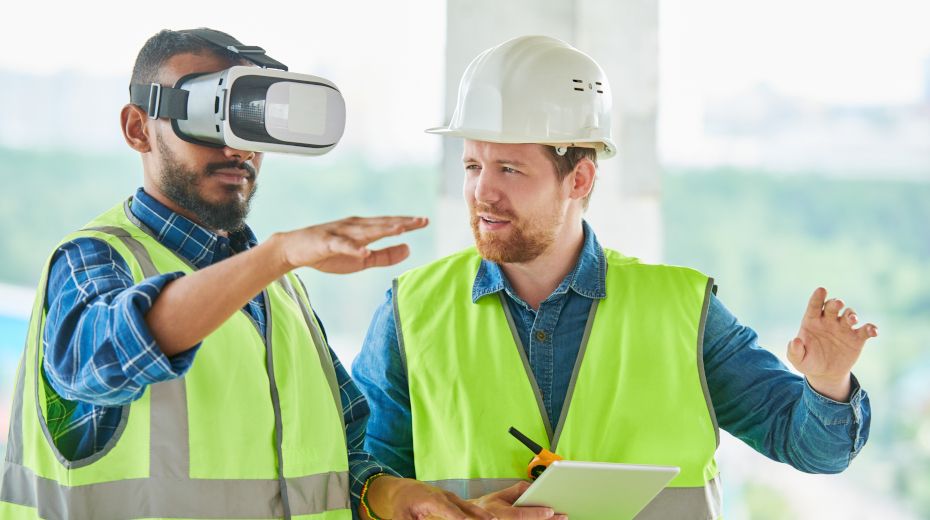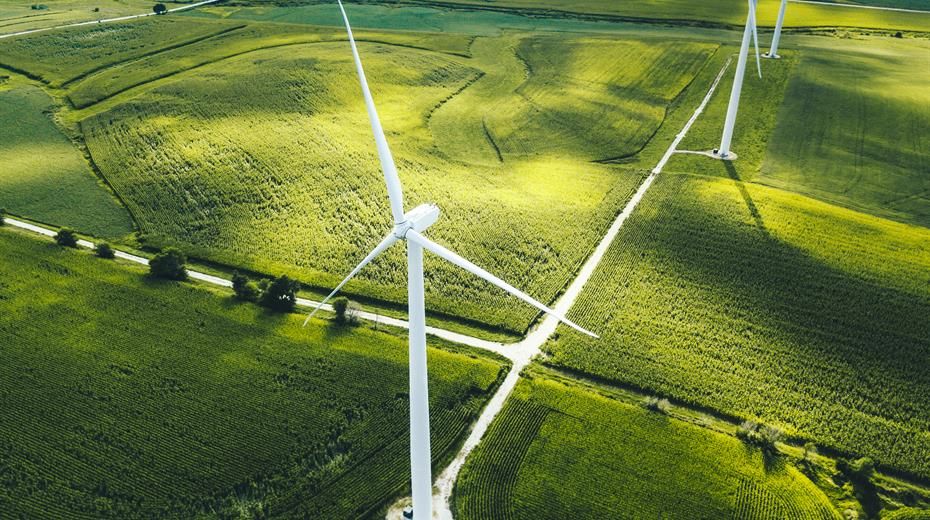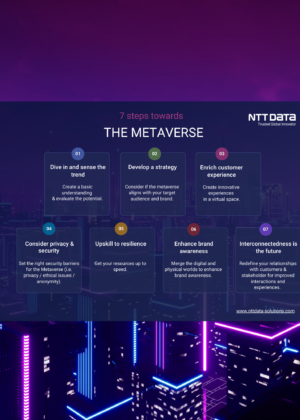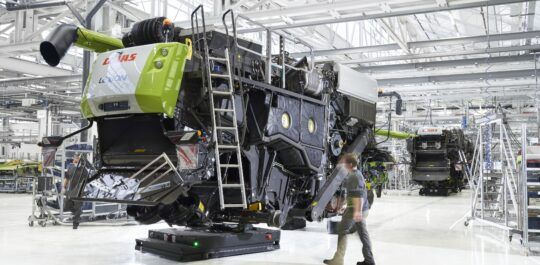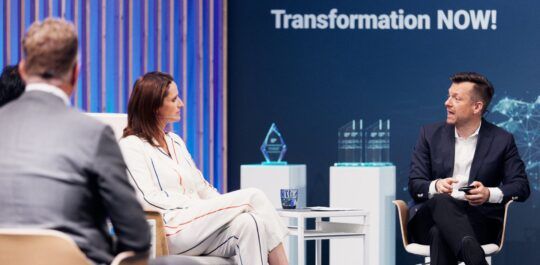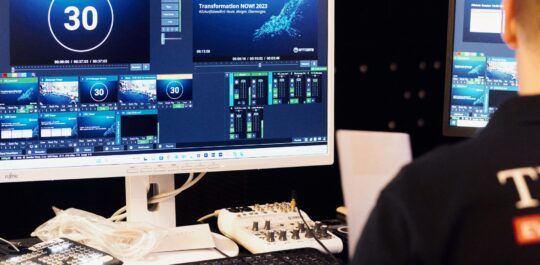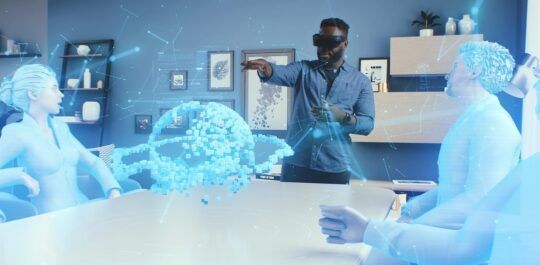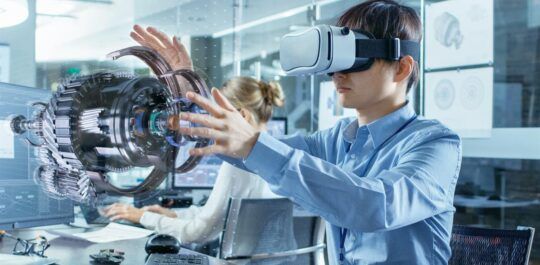Buzzwords can muddy the waters around the introduction of any new technology, but Industry 4.0 and the industrial metaverse are established terms that refer to distinct concepts. While the industrial metaverse is an immersive digital environment that is broad and developing, Industry 4.0 is an overarching term that describes the emerging industrial age or the ‘fourth industrial revolution’. Thus, the industrial metaverse is a feature of the Industry 4.0 era. It sits alongside related Industry 4.0 trends such as big data and analytics, artificial intelligence, robotic automation, Internet of Things (IoT) devices, and cybersecurity.
The Industrial Metaverse Isn’t New
Computer-aided design (CAD) has been around since the 1950s, with CAM (Computer-aided manufacture) following soon after. In 1982 author William Gibson coined ‘cyberspace’ as a general term for the Internet environment, whereby the metaverse is envisioned as the next generation of the cyberspace we have today. It is inaccurate, then, to say that this technology is without precedent. What is new, however, is the linking of our digital and physical worlds. For example, instead of designing a product digitally then moving to a physical prototype, information can now flow both ways. Prototypes can be tested virtually using VR headsets or AR glasses, while physical objects can be scanned and manipulated on a computer screen, transferring data in real time from the physical environment to the virtual.
You may have already used other elements of the industrial metaverse in your workplace without even realizing it. IoT devices monitoring environmental conditions, self-driving vehicles, robotics and 3D simulations using real-world data have been around for some time. However, we are only now beginning to explore the benefits of linking these together.
The Digital Twin and Its Potential Use Cases
At the heart of the industrial metaverse lies the concept of the digital twin. A digital twin is a virtual model that mirrors an object in the real world and captures event data and other input data from that object. By leveraging the power of this data through AI and other software, we open up a range of use cases related to planning, real-time response, maintenance, optimisation, agile product development, improved quality and more.
An offshore wind farm, for example, places sensors on its turbines that transmit the current wind speed, wave height, vibration and more to the control room. This data is then fed into a 3D model that displays the behavior of the turbine in real time. As well as capturing a complete picture in one place and making things easier to visualize, the digital twin allows engineers to run simulations and answer complex questions; for example, which parts will need replacing sooner than planned if the frequency of storms increases over the next decade. Instead of exporting data and running extensive manual calculations, questions such as these can be answered by simply changing a variable and running a simulation. This makes it possible to use preventative maintenance to extend the lifespan and productivity of the entire facility.
As well as answering questions, digital twins can deliver insights that facilitate proactive action. In our wind farm scenario, a machine learning algorithm could analyze weather and energy data from previous years and from multiple facilities in order to find new correlations between weather patterns and energy demand. These insights could be automatically applied to fine-tune the plant’s settings in real time.
Digital Twins in Training: Another Potential Use Case for Industry
Scenarios like the above may sound like an argument for handing over our autonomy and reasoning skills to machines. However, this isn’t the objective. Instead, it’s to outsource tedious or repetitive tasks to allow us to focus on more challenging problems as well as to avoid physical risk. One potential application of this is in training. Digital twins can be used to train employees on the use of heavy machinery; Boeing, for example, uses digital twins of its aircraft components to train assembly line workers. As well as the ability to make mistakes without consequences, this allows onboarding times to be reduced and employee retention to be improved. Prospective hires might also find it easier to visualize and experience a job before they accept the job offer. Digital twins can also be used to simulate equipment malfunctions and accidents: predicting which path plant workers will take to escape a fire can be much easier with a VR simulation.
More Efficient Design and Prototyping: How the Industrial Metaverse Could Change Global Manufacturing
When a new factory is built, it’s not uncommon for workers to use it differently to how its designers intended. Workers might take a shortcut between two machines instead of following the designated path, risking injury and equipment damage. Testing the digital twin of a proposed layout with a wide range of workers could help to mitigate these risks as well as to identify the ideal layout to minimize walking and manual handling. As well as obvious safety benefits, this can translate to significant productivity boosts. Using digital twin prototypes, Siemens estimated they were able to increase the capacity of their Nanjing plant by 200%.
On a product design level, virtual prototypes can be tested without the time and monetary expense of 3D printing and feedback gathered more easily from people in different locations. All this leads to a reduced production margin of error, shorter lead times, and fewer returns from end users.
Other notable examples of digital twins in design include Boeing’s use of VR to test new aircraft seating arrangements and overhead locker designs and in Ericsson’s digital twin cities, which were used to decide where to place their 5G towers. Digital twins of real cities are also employed by autonomous vehicle manufacturers to test their cars.

